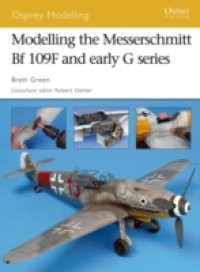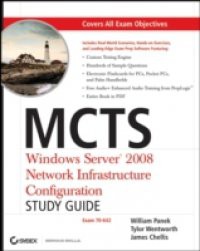Twenty-five US Marine Corps squadrons flew versions of the Phantom II and 11 of them used the aircraft in Southeast Asia from May 1965 through to early 1973. Although one deployment was from an aircraft carrier, and included a successful MiG engagement, most missions were flown from land bases at Da Nang and Chu Lai in South Vietnam, and Nam Phong in Thailand. Rather than the air-to-air missiles that were the main component in the original F-4 armament, these aircraft carried an ever-expanding range of weaponry. Some toted 24 500-lb bombs and others strafed with up to three 20 mm gun pods, while most flew daily sorties delivering napalm, Snakeye bombs and big Zuni rockets. Many US Marines holding small outpost positions in Laos and South Vietnam against heavy Viet Cong attack owed their lives to the Phantom II pilots who repeatedly drove off the enemy. Very often their bombing passes had to be made at very low altitude beneath low cloud or at night, dropping their ordnance only 50 metres from 'troops in contact'. Like US Navy Phantom IIs, they flew Skyspot blind-bombing sorties, offshore barrier CAP missions to fend off MiGs and air defence 'hot pad' missions for their home bases. The US Marine Corps prided itself on being a self-contained fighting force. The RF-4B reconnaissance version of the Phantom II was produced exclusively for the USMC to provide its own airborne photo intelligence, and one unit equipped with these jets flew more than 200 missions per month with only five aircraft serviceable on most days. The book will examine these missions in the context of US Marine Corps close-support doctrine, using the direct experience of a selection of the aircrew who flew and organised those missions.




 6.33 (12)
6.33 (12) 












